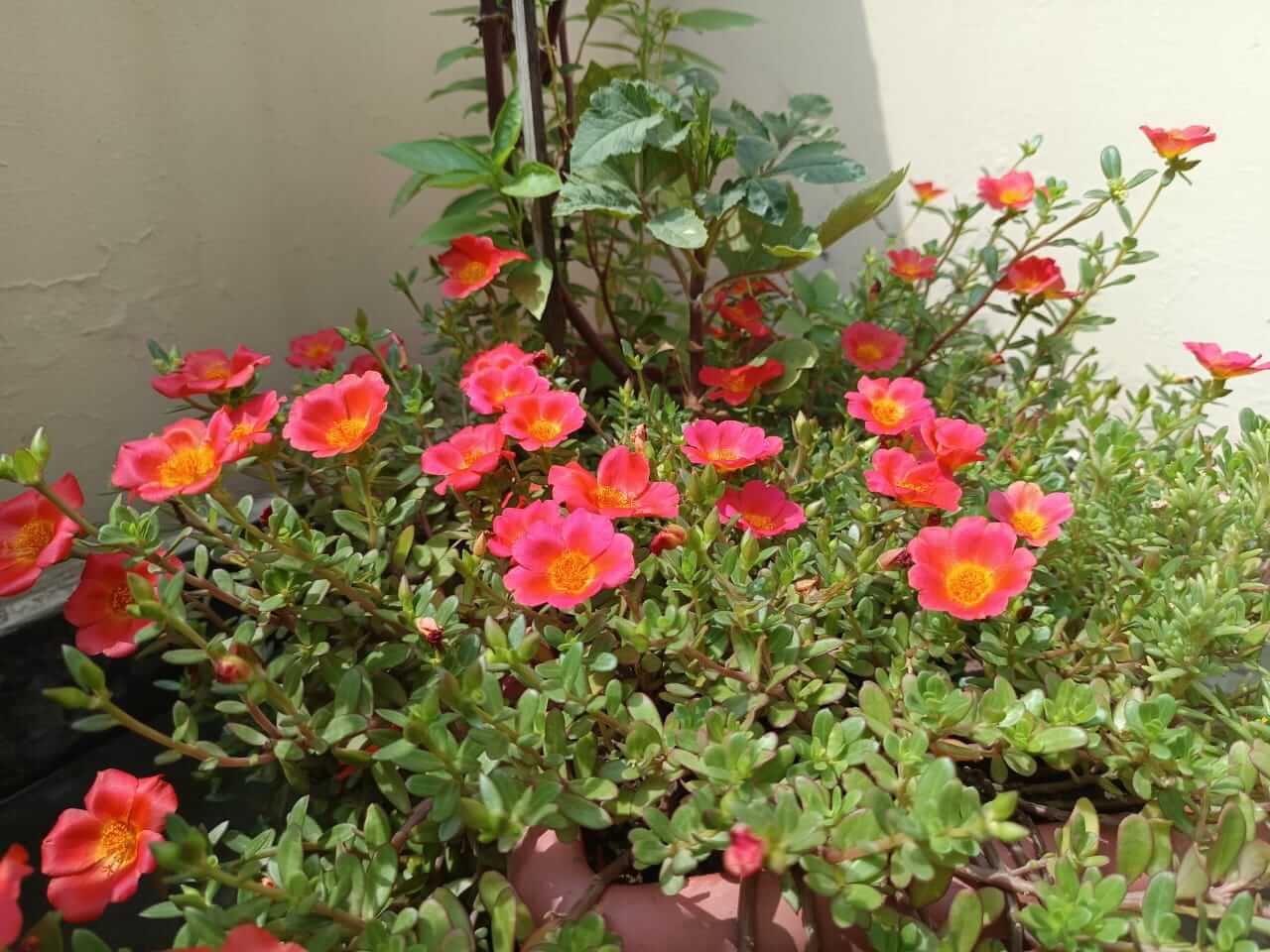Basil
Ocimum basilicum
Basil dishes up classic Italian flavor in eye-catching bushy plants suitable for garden beds or containers. Grow this tasty beauty in a sunny spot, and you’ll reap the rewards of flavorful foliage in shades of green, purple, or bronze. Basil lends a distinctive taste to salads, pizza, and pasta dishes. Use small leaves whole; chop larger leaves. Add leaves to dishes just before serving for the greatest taste and aroma. Basil plants are exceedingly sensitive to cold; start basil seeds indoors or plant basil outside after all danger of frost has passed.
Light: Part Sun, Sun
Type: Annual, Herb
Height: 1 to 3 feet
Width: 1-3 feet wide
Flower color: White
Seasonal features: Fall bloom, Summer bloom
Problem solvers: Deer resistant
Special features: Good for containers, Low maintenance
Planting Instructions
Start seeds indoors six weeks before the last frost date or seed directly in the garden (about 1/4 inch deep) after the last frost date when soil is warm. Set transplants or thin seedlings to stand at least 10 to 12 inches apart; more room (16 to 24 inches apart) will encourage low, bushy plants to develop.
Care
Pinch off the center shoot of the basil plant after it has grown for 6 weeks to force side growth and prevent early flowering. If flower stalks do develop, cut them off. Mulch is recommended in hot areas since basil likes a steady moisture supply. Basil is generally pest-free. Early cold weather can ruin a maturing crop, so be sure to harvest if temperatures are expected to dip below 40 degrees F.
Harvesting
Basil is at its most pungent when fresh. The best time to harvest is just as the plant starts to bud, well before flowers bloom. Snip leaves or branches at this time and pinch off flower buds to keep the plant productive. You also can cut the entire plant about 6 to 8 inches above ground, leaving at least one node with two young shoots intact. The plant should produce a second but smaller harvest several weeks later.
Since the leaves lose some of their flavor when dried, freezing is the best method for winter storage. To quick-freeze basil, dry whole sprigs and pack them in plastic bags with the air pressed out. To dry basil, pinch off the leaves at the stem and dry them in a shady, well-ventilated area. Check in 3 or 4 days, and if they are not totally dry, finish drying in the oven, otherwise the leaves may turn brown or black. Use the lowest heat possible with the door slightly open, turn leaves for even drying, and check frequently.


